Rad_Fan
Ideal_Rock
- Joined
- Sep 1, 2018
- Messages
- 3,173
I also became intrigued about this gem due to many recent PS blue stunners and wanted to learn more about it.
This is GIA Heated and I am just curious what you all think about the brownish “cracks” shown between 3 to 6 o’clock. Are they surface reached inclusions, hence less desirable and should be less $?
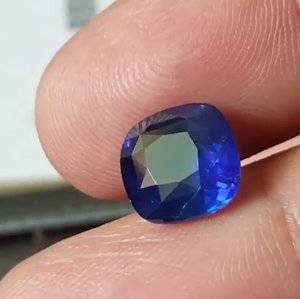
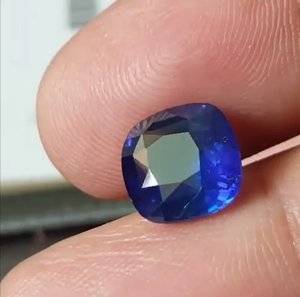
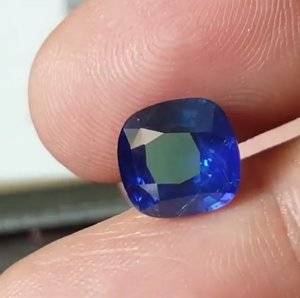
Also, the “pool” of blue on the pavilion down to the culet looks like a splash of concentrated blue under there, is it dodgy or just common color zoning??
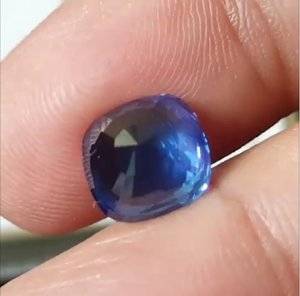
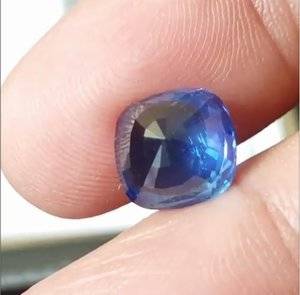
This is GIA Heated and I am just curious what you all think about the brownish “cracks” shown between 3 to 6 o’clock. Are they surface reached inclusions, hence less desirable and should be less $?



Also, the “pool” of blue on the pavilion down to the culet looks like a splash of concentrated blue under there, is it dodgy or just common color zoning??




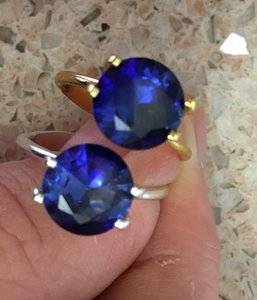
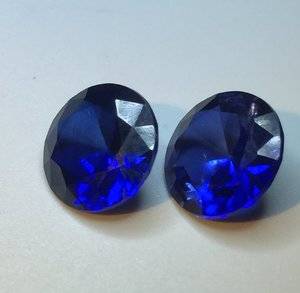
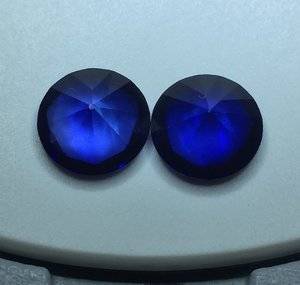
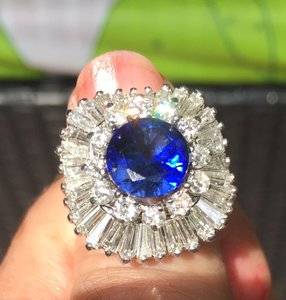
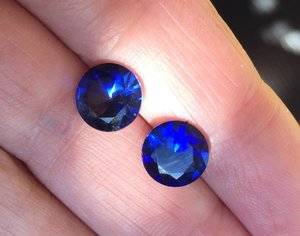


300x240.png)